Scientists-Scholars

Solving the affordable house crisis with community land trusts
In this Sept. 29 event, Stephanie Brewer explains how a community land trust uses public and private funding to build or rehabilitate houses, and then sells them under an agreement that allows first-time homeowners to build equity while ensuring that the homes will remain affordable for future buyers.
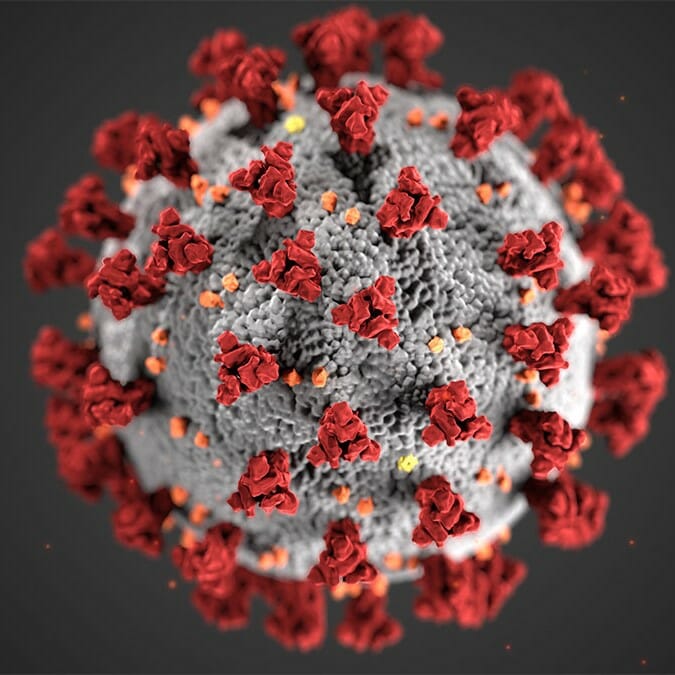
Find, track, and win COVID-19-related funding opportunities
The Office of Health Futures at ASU Knowledge Enterprise and Rachel Levinson (Executive Director, National Research Initiatives at ASU in DC) have developed a living document to help faculty and researchers across ASU find opportunities, form interdisciplinary teams, connect with clinical partners and track submissions and awards. ASU login required.
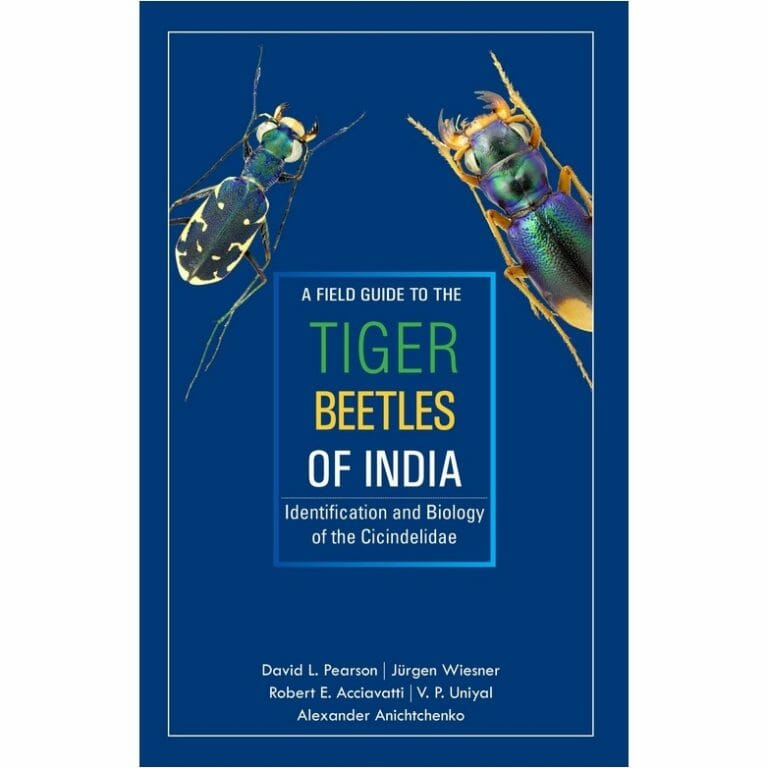
Pearson authors guide to tiger beetles of India
A new field guide co-authored by sustainability scientist David Pearson is the first definitive identification guide to all 241 species of tiger beetles known to occur in India.

Conference: Ethical engineering for sustainability, wicked problems and beyond
The following opportunity may be of interest to School of Sustainability faculty and students: Ethical engineering for sustainability, wicked problems and beyondAn online interdisciplinary undergraduate conference for tomorrow’s leadersDecember 11—12,

Study offers new insights for sun-gathering technologies
Inspired by the way plants and other photosynthetic organisms collect and use the sun’s radiant energy, researchers from Biodesign Center for Applied Structural Discovery and School of Molecular Sciences hope to develop technologies that harvest sunlight and store it as carbon-free or carbon-neutral fuels.
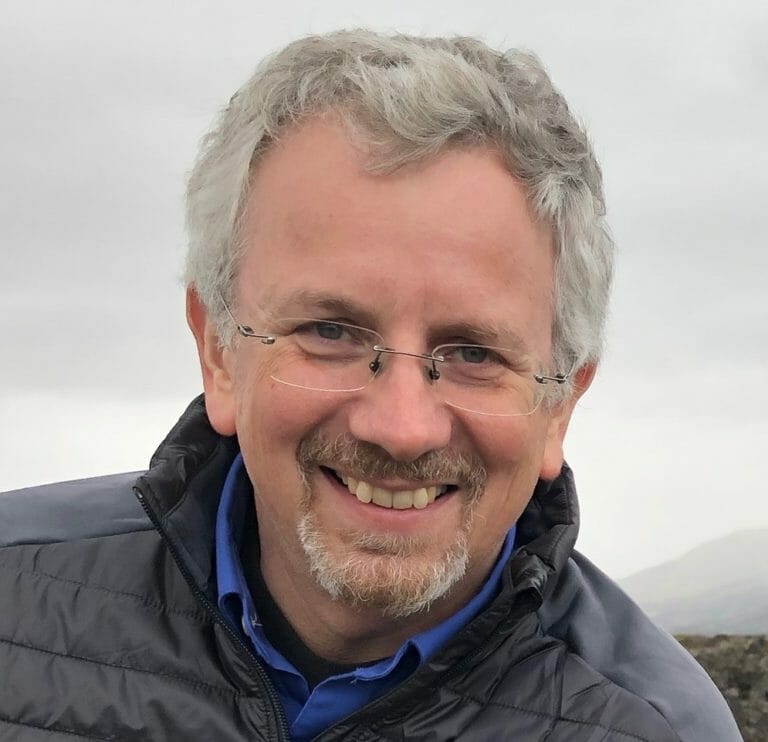
Anbar awarded medal from the Geological Society of America
The Arthur L. Day Medal is awarded annually to recognize outstanding distinction in the application of physics and chemistry to the solution of geologic problems. Anbar is interested in Earth’s past and future as an inhabited world, and the prospects for life beyond.
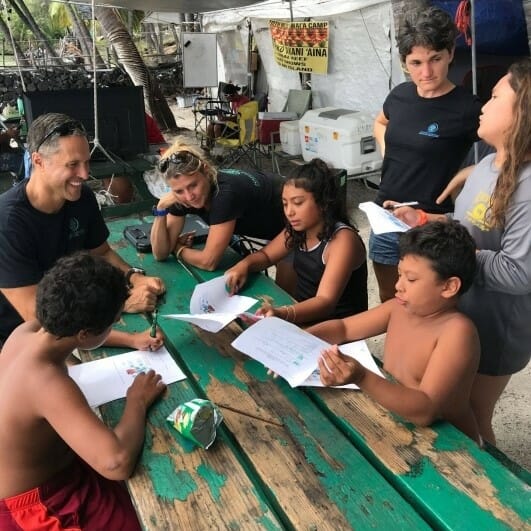
Asner, Martin teach Hawaiian youth about coral reef conservation
ASU group is working to bring new educational opportunities to Indigenous and non-Indigenous Hawaiian communities to ensure that Native culture, customs and traditions are considered in coral reef resilience planning.

ASU joins global research cohort to launch new center focused on society’s relationship with oceans
ASU and Conservation International join more than 20 other institutions around the world that will provide research and expertise to support Ocean Nexus Center’s four areas of focus: human rights and human security, ocean economy, food safety and sovereignty, and regional fisheries policy.

3 ASU professors named senior members of National Academy of Inventors
Professor Wim Vermaas and associate professors James Abbas and Cody Friesen join fellow NAI colleagues in the senior membership ranks who, along with their research accomplishments, have been successful in earning patents, acquiring licensing and commercializing technology they have developed.

Broadbent, Georgescu explore humans’ exposure to future extreme temperatures
The researchers used state-of-the-art modeling tools to analyze how three key variables — climate change, urban development and population change — would affect human exposure to extreme temperatures from the beginning of this century to its end.
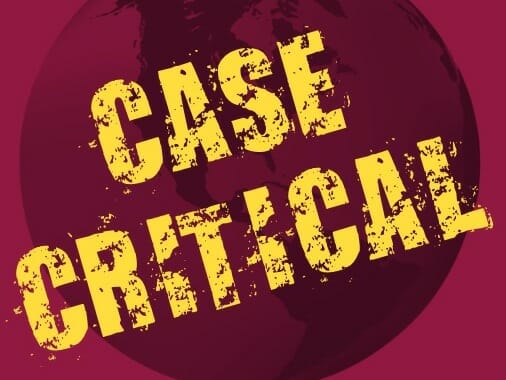
Event Sept. 3: Killer Heat in COVID Times
Last month, Phoenix broke its record for the most days at 110-plus degrees, while being the world’s hotspot for coronavirus. This case critical discussion brings together ASU, the City of Phoenix, as well as a local nonprofit and a national NGO, to discuss the compounding crises of extreme heat and COVID-19.
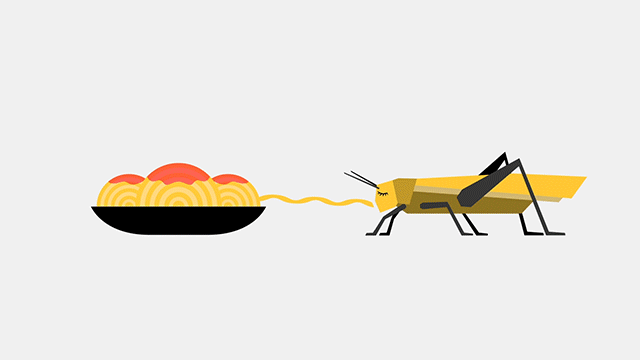
Like marathon runners, locusts carbo-load before a long journey
According to a new study from ASU’s Global Locust Initiative scientists, they do it for the same reason humans do. Read the abstract of this new paper published Aug. 2 in the Journal of Animal Ecology.